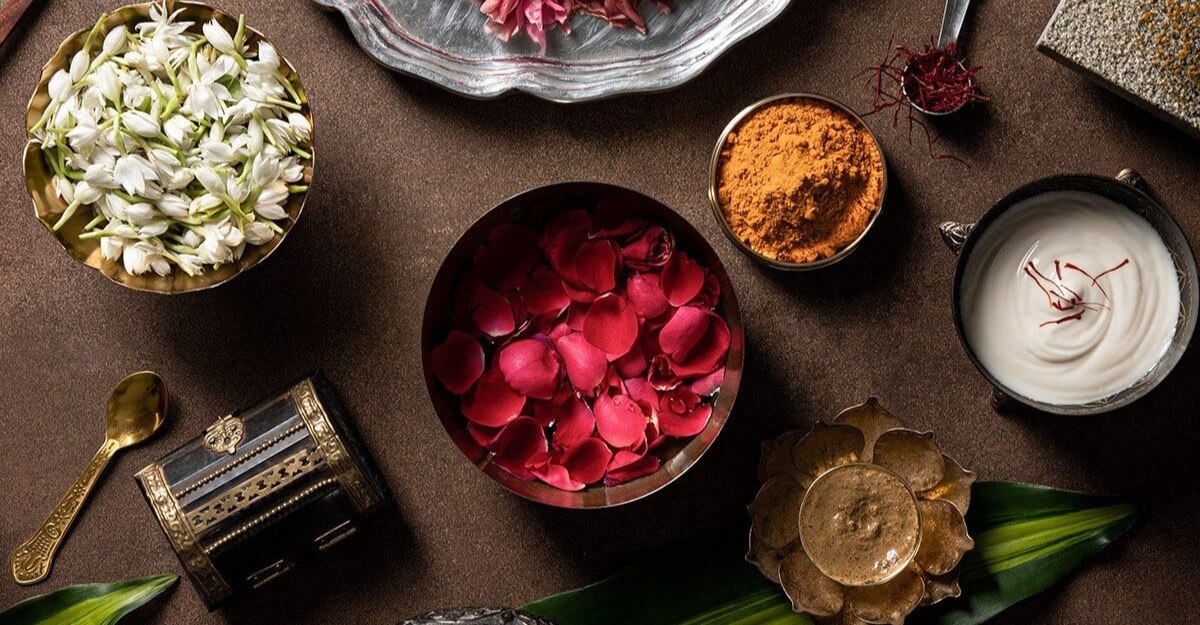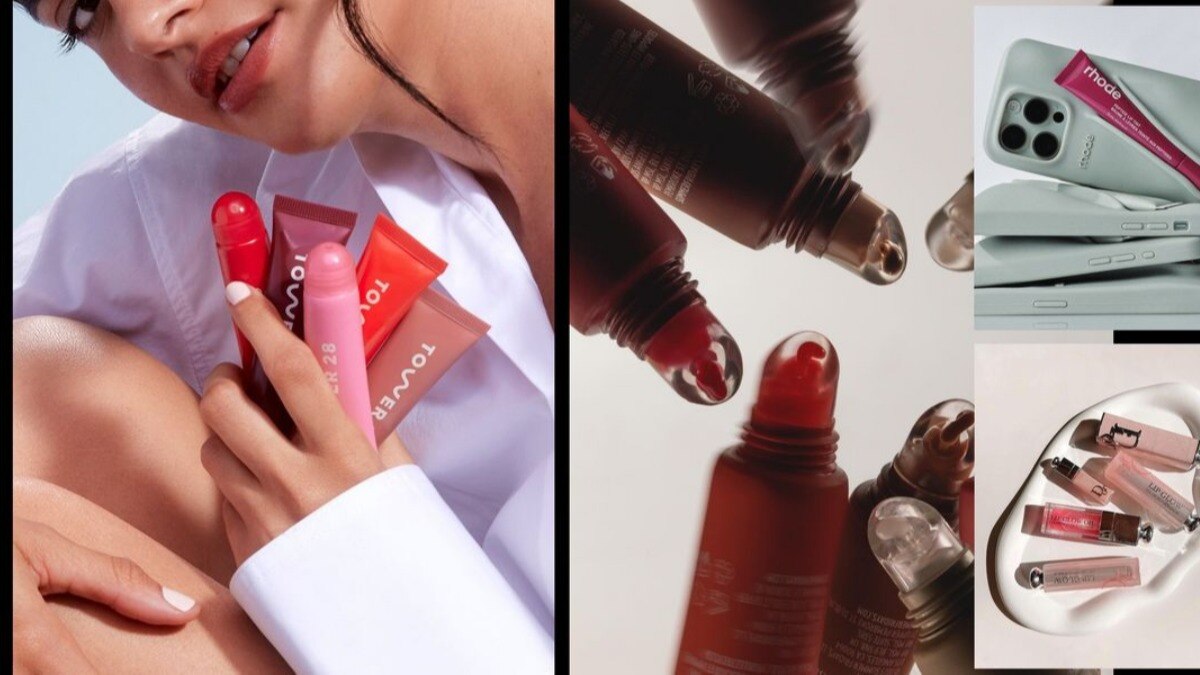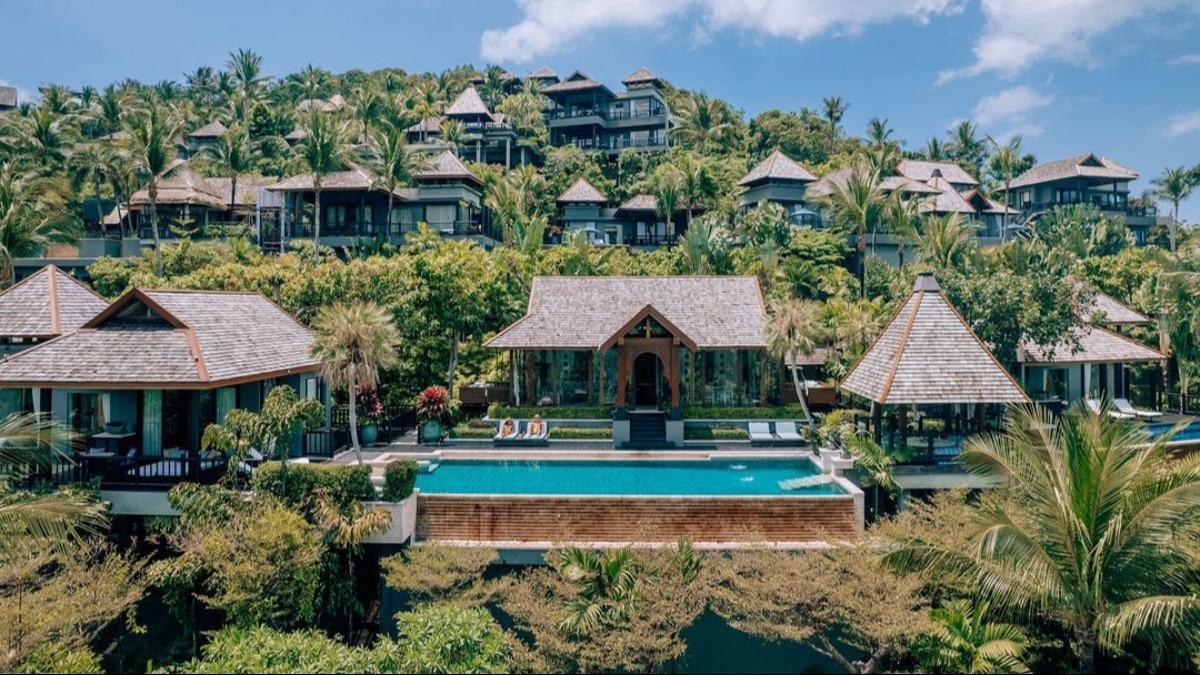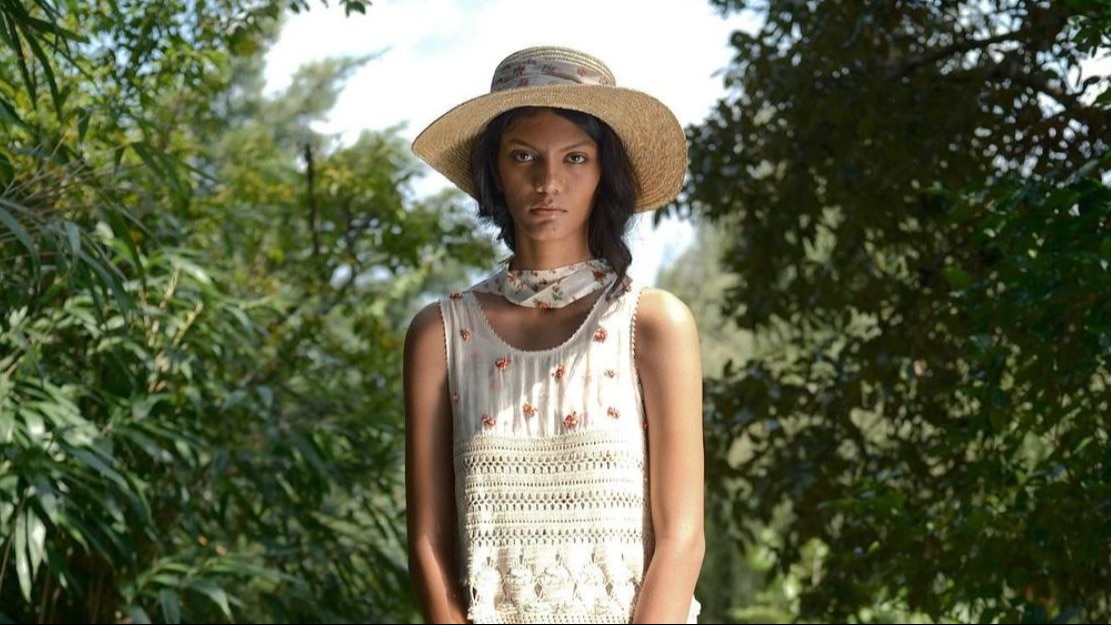
Ayurveda for the uninitiated—why the world is hopping on to ayurvedistry
The 3,000-year-old science is "new" again, and it’s got some very modern surprises.


Let’s start with what Ayurveda is not. Despite what your feed may tell you, it’s not a trend, it’s not a fad, and it’s definitely not a novel idea. What it actually is: an ancient science, specifically the science of life (in Sanskrit, “ayur” means life or vital power and “veda” means science or knowledge), that’s been studied and practiced in Indian culture for millennia. “Ayurveda is a holistic way of looking at life that is now being more widely recognised and practiced in the Western world, especially in the beauty space,” says dermatologist Kiran Mian, DO. Some tenets: Your outer beauty is a mirror for what’s going on internally, encouraging you to look deeper and treat an issue like a breakout or a rash not just at the surface but also at the root, where triggers like seasonal changes, diet, or just the constant stress of today’s world can create imbalances in your system.“ When someone comes to me with acne, I’ll write them a prescription, but I’ll also help them adjust their daily habits to help reduce inflammation too,” Dr. Mian says.
But you don’t need to go to a derm to do some Ayurvedic exploration—brands like Forest Essentials have led ayurveda in skincare for decades now, and traditional Ayurvedic herbs and plant-derived ingredients like turmeric, bakuchiol, gotukola, rosewater, and ashwagandha are becoming mainstays. In a few years, the Ayurvedic beauty market is expected to be valued at a whopping $14.9 billion.
“I believe that Ayurvedic beauty is becoming more mainstream in Western culture because we are starting to, through these times of global health crisis, return to nature for health, healing, and beauty,” says Ananta Ripa Ajmera, a yoga instructor, spiritual teacher, and adviser of Ayurveda at The Well, a wellness retreat in NYC. Wellness- focused beauty has been a thing for years now, of course, but the cultural component hasn’t been talked about as much, says Michelle Ranavat, founder and CEO of Ranavat. “Now the two things are coming together—you’re really getting the full picture.”
How does this play out in your products? Balance. Turmeric, for example, is now being combined with retinol in topical medications to help temper retinol’s potentially irritating side effects. For those experiencing hair loss or hair thinning, Dr. Mian encourages patients to combine daily Rogaine with weekly or biweekly hair oiling, a major Ayurvedic practice (see sidebars) that involves massaging your scalp and strands with a nourishing oil. “Rogaine’s main ingredient, minoxidil, works to dilate blood vessels and stimulate blood flow to the scalp, and that’s essentially what hair oiling does with the massaging,” says Dr.Mian.
Every expert we spoke to for this piece said they want to share Ayurveda with the world. And brands like T.A.C-The Ayurveda Co., Pahadi Local, and Kama Ayurveda are helming the market in India—each inspired by different Ayurvedic philosophies and practices that can help with everything from acne to split ends. “I always try to make it clear: Ayurveda isn’t just for Indian people or people who grew up practicing it,” says Ranavat. “It’s the same thing with these beauty secrets and products: They’re meant for everyone.”
This piece first appeared in Harper's Bazaar US.
Lead image: Forest Essentials









